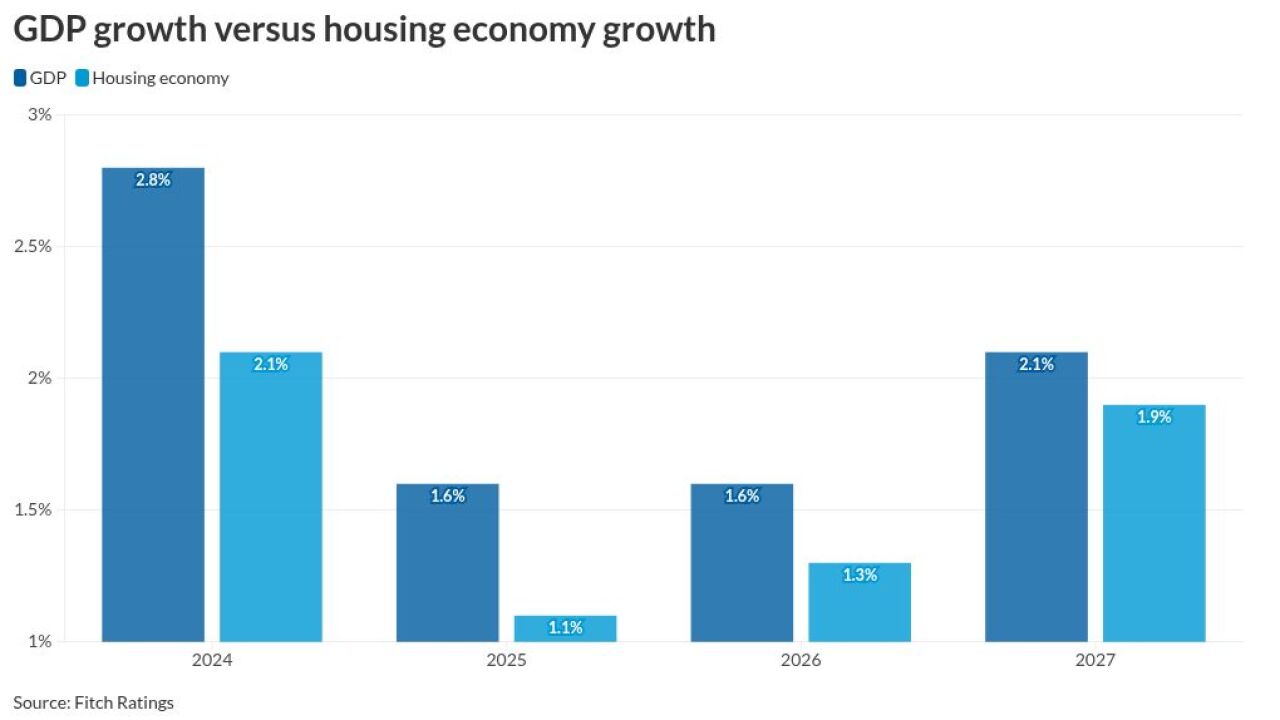Navient’s first federally guaranteed student loan securitization of 2019 looks an awful lot like the four deals it completed in 2018.
The $748 million transaction, which launched Wednesday, is backed by a mix of Federal Family Education Loan Program that were once delinquent but are currently making timely payments (19.6%) and FFELP loans that have always been current (80.4%). That’s in line with the roughly 20%/80% split of the four prior deals, according to DBRS.
While rehab loans benefit from the same guarantee of at least 97% of principal as non-rehab loans, rehab loans have historically exhibited much higher cumulative defaults and default quicker than non-rehab loans, according to DBRS. “This increases the liquidity risk of the transaction because a more significant concentration of loans is expected to be nonperforming,” the presale report states. In the event of a default, however, a claim is less likely to be rejected, based on historical experience.
DBRS derived a base-case cumulative default expectation of approximately 16.01%.
Just over 80% of loans backing the latest deal are in active repayment; the remainder is either in deferment (6.9%) or forbearance (16.2%).
By loan type, the pool consists of 25.3% unsubsidized Stafford loans, 21.2% subsidized Stafford loans, 28.5% unsubsidized Consolidation loans, 21.5% subsidized Consolidation loans, 3.4% PLUS loans and 0.1% SLS loans.

The loans are most heavily concentrated in the same three states, California, Texas and Florida, as Navient’s four prior FFELP deals.
Navient Student Loan Trust 2019-1 will issue two tranches of senior Class A notes with provisional AAA ratings from DBRS and a subordinate tranche of Class B notes rated AA. The senior notes benefit from overcollateralization of 2.35%, a reserve account equal to 1.25% of the trust balance, and subordination of the Class B notes.
All of the notes pay a floating rate of interest pegged to one-month Libor and have a final, legal maturity of December 2067.
Some basis risk exists because approximately 4.68% of the student loans have an interest rate that is based on the 91-day T-bill rate, whereas the notes will be priced at a spread to one-month Libor; therefore, if the two indices diverged, excess spread may decrease.
As of Dec. 31, 2018, Navient Solutions has sponsored 184 student loan securitizations, consisting of 142 FFELP student loan transactions and 43 private education loan transactions.





